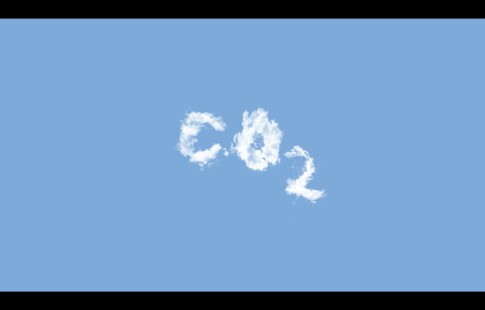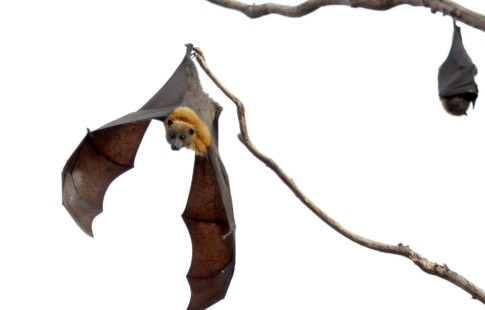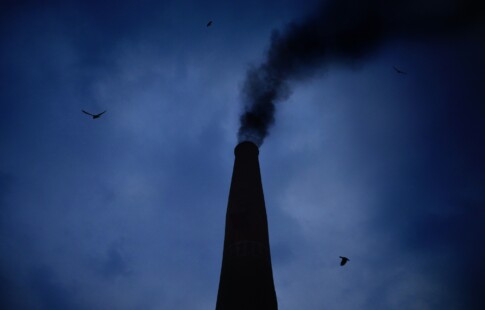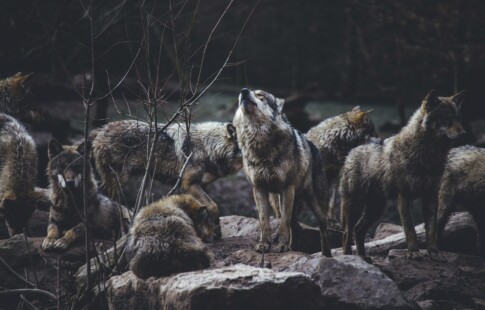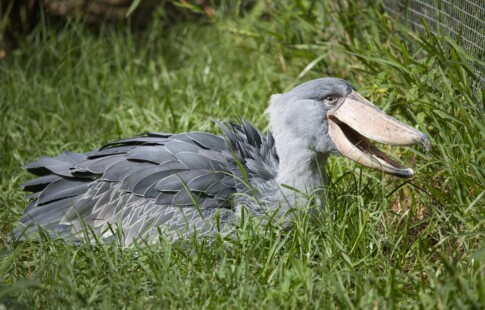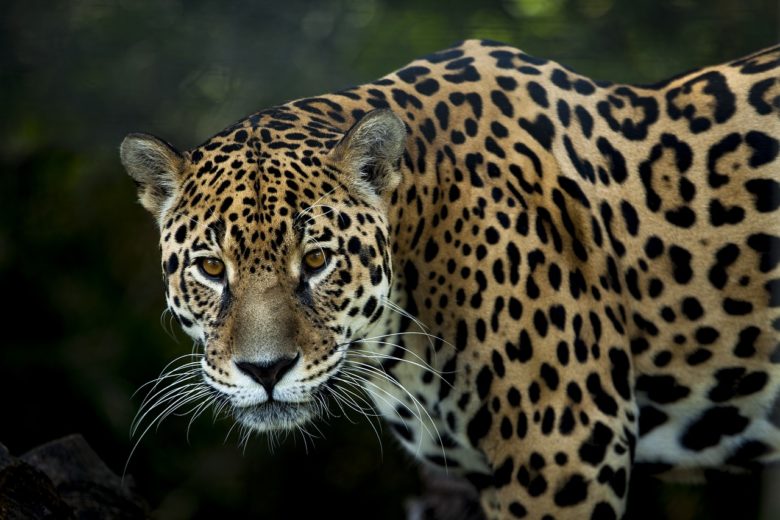
How Human Overpopulation Leads to Animal Extinction
We are reader-supported. When you buy through links on our site, we may earn affiliate commission.
Many scientists believe we’re entering the Earth’s sixth mass-extinction event, which could result in the loss of three-quarters of the planet’s species in the next few centuries. A recent study found that around one-third of land-based vertebrate species are experiencing reduced populations and territorial ranges. What’s driving this mass animal extinction?
Humans are one of the species that has experienced population growth in recent years. In fact, so many people are on the planet today that we’re driving the population reduction of other species, as well as a host of other environmental problems.
If this trend of destruction continues, it might result in the eventual downfall of not only many of the earth’s animal species but the human race as well.
Human Population Growth
Since about 90,000 years ago, the human species has been spreading across the planet from Africa and the Middle East to Europe and Australia to North America and virtually everywhere else. Everywhere humans went, the extinction of other species followed. You can see this effect in the colonization of Madagascar 2,000 years ago. Soon after humans arrived on the island, many of the other large mammal species that inhabited it began to disappear.
For much of the human population’s existence, our numbers have been relatively modest. Before 10,000 BCE, it was often less than one million. In 1800, there were about one billion people on earth. The population had grown relatively slowly up to that point, but after 1800, the number of people on the planet began to explode.
By 1930, the population had shot up to 2 billion. By 1975, it was 4 billion. Today, there are more than 7.5 billion people on the planet. The population has grown so fast that the current populace is equal to 6.5 percent of the number of humans who have ever lived.
Before 1800, the growth rate of the population was under one percent. During the first 50 years of the 20th century, that number jumped to 2.1 percent and peaked in 1962. Although the growth rate has peaked, the total number of people on the planet will continue to increase. The United Nations predicts it will grow to 8.6 billion by 2030, 9.8 billion by 2050 and 11.2 billion by 2100.
What is the Effect of Overpopulation on Animals?
Animal extinction rates are hard to predict because of the many factors involved, but a recent study did find one element that dependably predicted extinction — human population density. Areas with more people, the research found, had more endangered species.
The massive growth of the human population is putting extreme pressure on the earth’s resources. There are more and more people, so we naturally need more and more natural resources to survive. We always often over-consume and leave a proportionally sizeable environmental footprint behind. Here are three ways humans have an impact on wildlife.
1. Habitat Destruction
One of the primary ways that we impact other species is by destroying their habitats. Because we have so many people, we need a lot of space for all of them to live and work in. Plus, we need land to farm food and provide a plethora of other necessary services.
When we expand into new territories, we don’t blend into the natural environment. We level forests, put down pavement and build massive structures, leaving animals with nowhere to go.
We also destroy habitats indirectly. Pollution and changing environmental conditions that occur due to the emission of greenhouse gases and other substances destroy vital parts of nature. Over the last 30 years, we’ve lost half of the planet’s coral reefs due to rising ocean temperatures and other environmental changes. The loss of coral can lead to the loss of species since reefs support about a quarter of the world’s marine species.
2. Poaching
Poaching is another risk to the well-being of many of the world’s species, including numerous that are already endangered or threatened. Poachers illegally hunt elephants, rhinos, tigers, gorillas and many other species to sell their body parts — such as their tusks, horns, pelts and bones — on the black market. These illegal markets are pushing species whose populations are also under strain closer to extinction.
3. Climate Change
Climate change, which is mostly a result of the greenhouse gases we emit when burning fossil fuels, is also contributing to animal extinction.
We can also see some of the effects of climate change on wildlife today. The loss of coral reefs, as mentioned above, is one of the most glaring examples. The Bramble Cay melomy, a small rodent that lived on a single island off the coast of Australia, recently went extinct due to rising sea levels from global warming. It’s regarded as the first species to die out as a direct result of climate change.
The harm that the changing climate causes to wildlife species will only continue to worsen unless we make some substantial changes.
What This May Mean for the Human Population
The rapid growth of the human population may seem like a sign of the human race’s success — and it is. It may also, though, cause a major catastrophe for the world’s populace one day. You could argue that it’s already having a negative impact on quality of life.
We depend on the earth’s natural resources to survive, too. We can’t overextend them too much, or the planet won’t be able to support us.
Additionally, we depend on other species for survival. Many of the world’s plant and animal species serve as direct sources of food for us, while others provide us with food indirectly. Bee populations, for instance, are rapidly declining. Losing the bees would be disastrous for the human race, as these bees pollinate about one-third of the global food supply.
What Can You Do?
The growing human population is a significant threat to many of the world’s wildlife species, and it may also be a threat to humans themselves.
This is a large-scale problem, but there are some things you can do to help. Learning about these issues and spreading the word is one way you can make a difference. Reducing your carbon footprint by buying only sustainably produced products and otherwise living green can help, as well. Volunteering or donating to environmental organizations is another practical way to support this cause.
If we want to stop a mass animal extinction event from occurring, the time to act is now. According to Anthony Barnosky, who directs the Jasper Ridge Biological Preserve at Stanford University, we have 20 years at most to prevent it.
Share on
Like what you read? Join other Environment.co readers!
Get the latest updates on our planet by subscribing to the Environment.co newsletter!
About the author

Jane Marsh
Starting from an early age, Jane Marsh loved all animals and became a budding environmentalist. Now, Jane works as the Editor-in-Chief of Environment.co where she covers topics related to climate policy, renewable energy, the food industry, and more.
